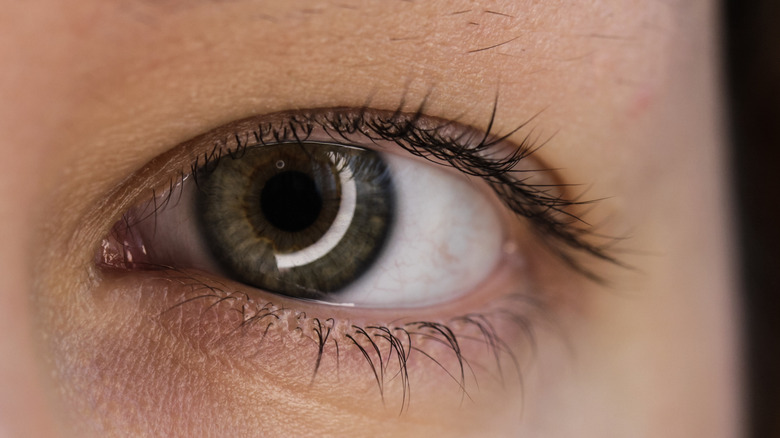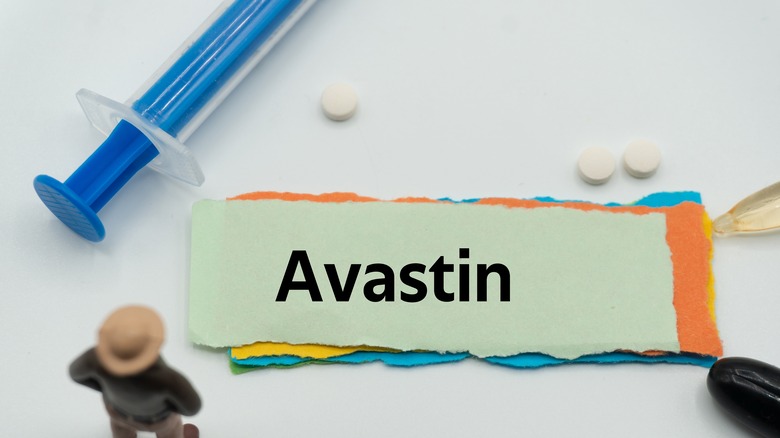Treating Diabetic Eye Disease May Benefit From A New Approach
Diabetic eye disease may cause blindness in people with significantly high blood sugar levels due to diabetes, per The National Eye Institute (NEI). In fact, a form of diabetic eye disease called diabetic retinopathy is the leading cause of blindness among adults in the U.S., notes MedlinePlus. This disease affects the blood vessels located in the retina — an integral part of the eye where the images you see are formed.
Initially, you might notice any symptoms, but later on, there may be signs of blurry vision or floating spots. If you have diabetes, experts often recommend going for an eye check-up at least once a year, per NEI. It is best to catch the disease early so that it can be treated before too much damage is done.
According to the National Institute of Diabetes and Digestive and Kidney Diseases (NIDDK), there are several treatments available for diabetic eye disease, such as medicines that inhibit the growth of abnormal blood vessels in the eye. In extreme circumstances, you may even be recommended eye surgeries, with some examples being vitrectomy, cataracts, or laser.
Latest approach to treating diabetic eye disease shows promise
When it comes to treating diabetic macular edema, a condition involving fluid buildup in the eye, the U.S. News & World Report reveals that some scientists believe a stepped approach is the best solution. This new technique involves administering a comparatively less expensive treatment first instead of delivering drugs that may be heavy on the pocket.
Normally, the fluid build-up in the retinal blood vessels is removed by injecting anti-vascular endothelial growth factor (VEGF) medicines which are quite expensive. Researchers of a recent study published in the New England Journal of Medicine gave patients either Avastin or Eylea. While Eylea is an FDA-approved drug for eye disease, Avastin is an off-label and comparatively cheaper drug. The scientists observed outcomes after administering the drugs to participants. Participants who didn't reach sufficient improvement with Avastin were switched to Eylea.
According to Adam Glassman, the director of the DRCR Retina Network coordinating center, "While most participants on Avastin eventually switched to Eylea, they still had improvement during those initial weeks, even if they didn't hit our pre-set benchmarks" (per U.S. News & World Report).
In addition, the participants showed continued progress and improvement in vision after switching from Avastin to Eylea, and their outcomes after two years were similar to those of patients who started with Eylea. The researchers concluded that patients could save thousands of dollars, while still getting good results, if they are given a less expensive drug as an initial treatment.


